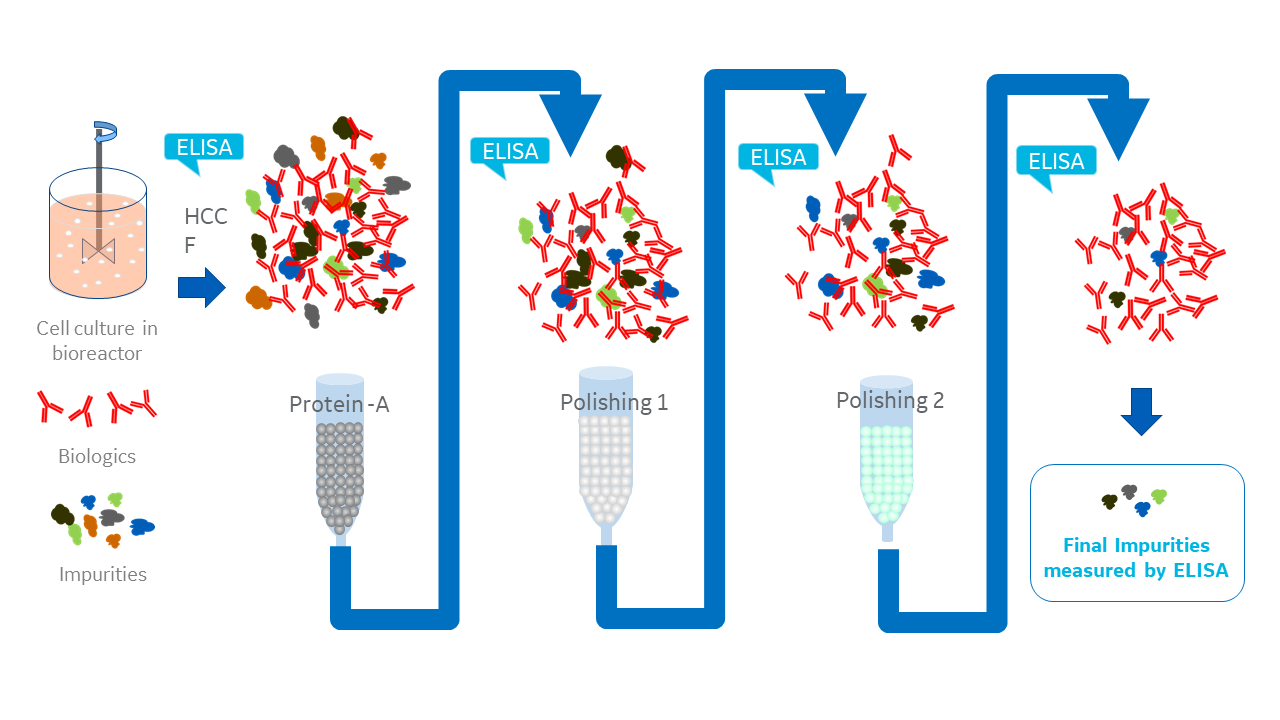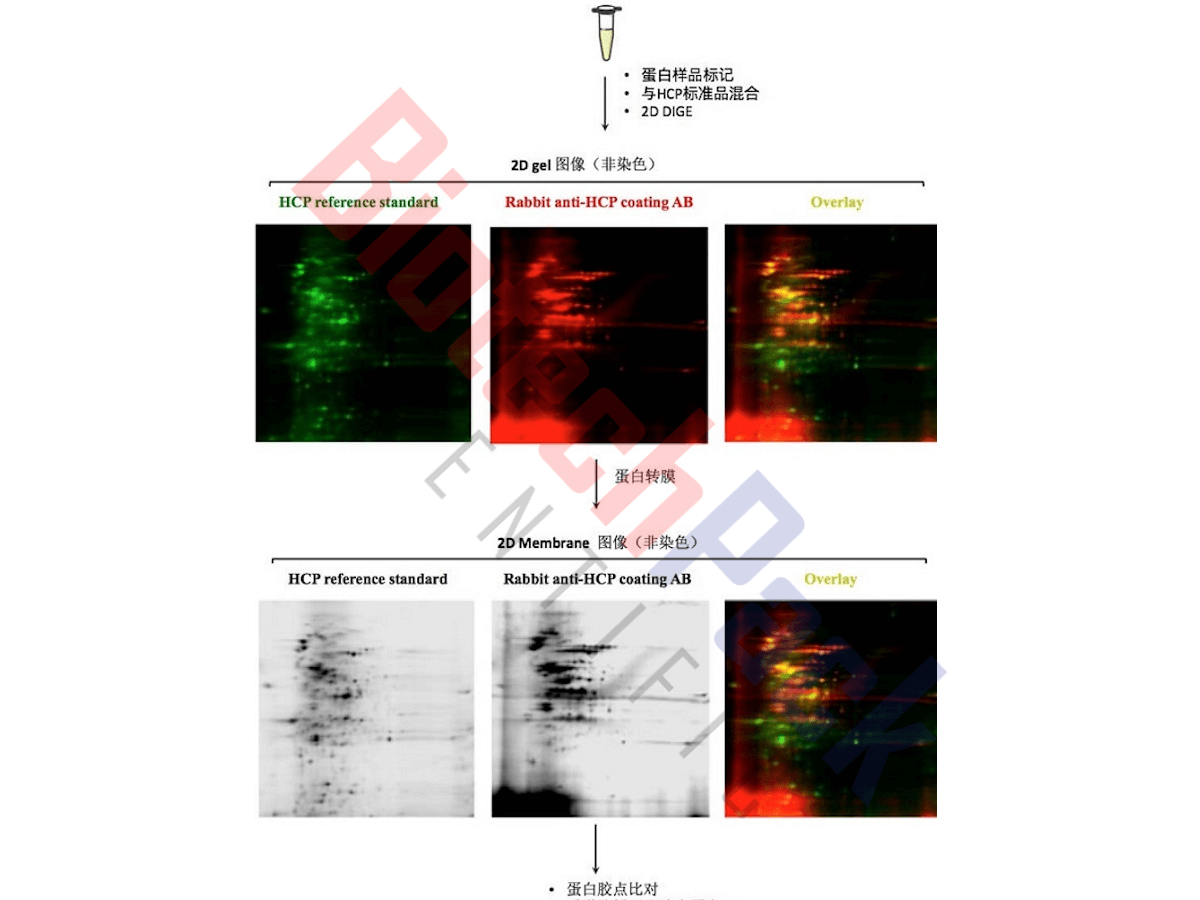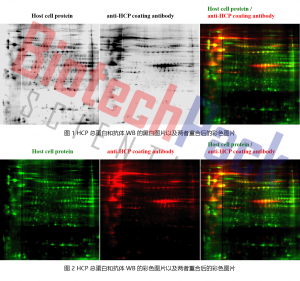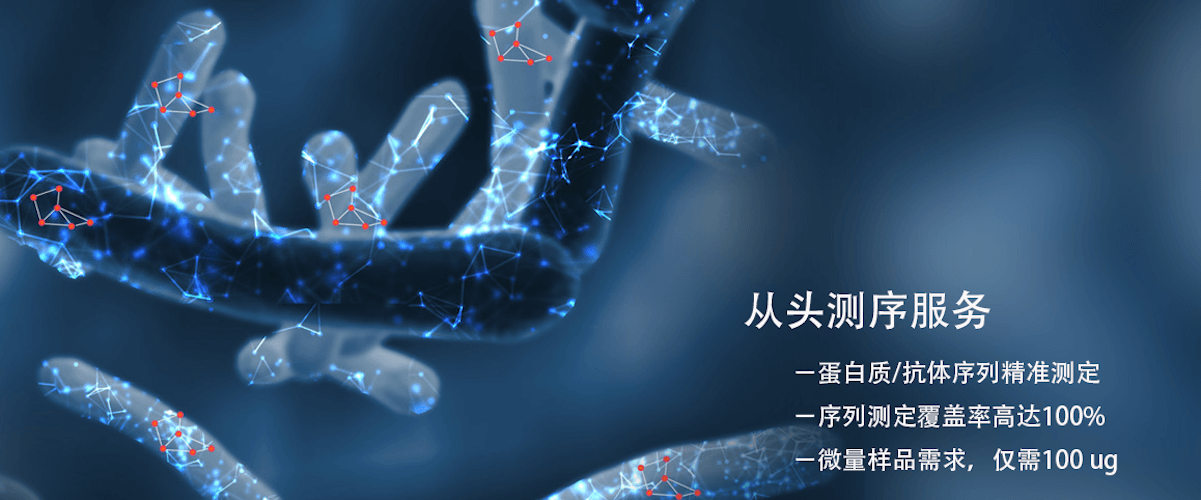Host Cell Protein (HCP) Analysis Service
The preparation of many biopharmaceuticals (antibodies, vaccines, recombinant proteins, etc.) is still synthesized through biological systems. Despite using various purification methods, trace amounts of host cell proteins (HCP) may remain in biopharmaceuticals. Yeast, especially Pichia pastoris and Saccharomyces cerevisiae, are among the commonly used host cells in the biotechnology industry. When expressing the proteins we need, they also express their own proteins, namely yeast host proteins or yeast host cell residual proteins. Residual host cell proteins (HCP) in bioproducts, as exogenous proteins, may trigger immune responses to varying degrees, ultimately leading to allergic reactions or other adverse effects. Therefore, it is necessary to establish appropriate methods for detecting HCP to monitor the quality of bioproducts.
ELISA is currently the most widely used method for detecting HCP. This technique is relatively simple, with good accuracy, making it convenient to set control ranges and establish technical specifications. The HCP detection in the 2010 edition of the Chinese Pharmacopoeia requires the use of enzyme-linked immunosorbent assay. In this detection method, the quality of the antibodies produced using HCP existing in bioproducts as immunogens is crucial. Whether using a commercial ELISA kit or a self-made polyclonal antibody, if the specificity and applicability are not high enough, there is a risk of missing HCP, which poses a risk to the quality and safety of bioproducts.

Application of ELISA in the Development of Bioproducts
Advantages of Yeast Host Protein Residue Analysis - ELISA Method
1) High Sensitivity: The ELISA method can detect very low concentrations of target proteins, which is crucial for detecting trace amounts of host protein residues.
2) High Specificity: By using specific antibodies against yeast host proteins, ELISA can distinguish target proteins from other non-specific proteins, ensuring accuracy.
3) Quantitative Capability: ELISA can not only qualitatively detect host protein residues but also quantitatively assess protein concentration.
4) Strong Adaptability: The ELISA method can be adjusted for various types of yeast host proteins, suitable for various production processes and pharmaceutical formulations.
5) High Throughput: The ELISA method operates using microplates, allowing simultaneous processing of multiple samples, significantly improving analysis efficiency.
6) Relatively Low Cost: Compared to other advanced protein analysis methods, ELISA has relatively low material and equipment costs.
Based on high-precision UV-visible spectrophotometry, Biotech Pack (BTP) has developed a host protein residue ELISA analysis platform according to the principles of enzyme-linked immunosorption. It has achieved dual quality certification through CNAS/ISO9001 and can efficiently and accurately perform qualitative and quantitative analysis of host protein residues. It is widely used for quality and safety testing of various bioproducts. Free consultations are welcome!
In addition, for accurate detection of possible host protein residues in biopharmaceuticals, Biotech Pack also provides HCP antibody effectiveness testing services based on 2D DIGE. We first extract the total proteins of host cells and label them with different fluorescent markers. Then, we use 2D technology to efficiently separate the host cell total proteins and scan the 2D gel with a laser scanner to obtain a scan image of host cell total proteins on that channel. The proteins on the 2D gel are transferred to a membrane, incubated with total protein antibodies, and scanned with a laser scanner. Due to the binding of antibodies and antigens, a corresponding scan image of antibodies against proteins can be obtained on the corresponding channel. By comparing the two scan images and analyzing with software, the coverage of antibodies against total proteins can be determined.
Technical Advantages
High Sensitivity:The sample amount used in 2D-DIGE is much smaller than in 2D staining, which is a great method for samples with small amounts.
Wide Dynamic Range:The high sensitivity and wide dynamic range of 2D DIGE facilitate the detection of high or extremely low protein content, with a detection range higher than 2D, resulting in more accurate results.
Easy Operation, High Reproducibility:In traditional 2D detection, two gels are needed, one for staining HCP total proteins and the other for antibody immune proteins, then comparing the results of the two gels. With 2D DIGE, operations can be done on the same gel, avoiding errors between multiple gel runs and comparisons.
Experimental Process

Host Protein Residue (HCP) Analysis Process
Service Advantages
Experienced technicians can provide a full range of professional services from experimental design, sample testing, to data analysis.
Clear process, reducing unnecessary sample and time waste, with short delivery time.
Sample Requirements
HCP Protein:Clients can provide bacterial or cell precipitate for us to extract total proteins, or already extracted total proteins. Bacterial precipitate should be no less than 1g; cell precipitate should be no less than 1×10^7; protein solution or lyophilized powder is acceptable, with a total amount greater than 1mg and solution concentration greater than 1ug/ul.
Antibody:Total antibody amount greater than 50ug.
Case Presentation

2D-DIGE Detection Case Presentation

2D-DIGE Detection Case Example
Related Services
How to order?





